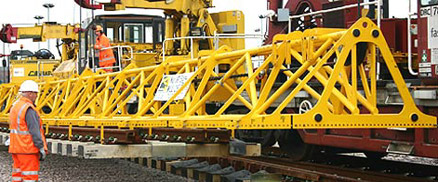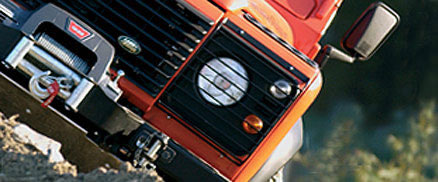Inspecting your fall arrest harness may seem a tiresome activity but should be an essential part of your routine
Break up the inspection into these steps
Check the “label”
- Confirm that the “label” has an individual serial number
- Confirm that the “label” has a valid inspection date and there were no reported problems
- Confirm the manufacturing date is present and that the harness does not exceed the five year working life*
Hardware check
Check condition of rear “D” Ring for:
- Distortion
- Fatigue/Rust (Excess of 15% surface coverage: rule of thumb, if you can rub the rust off between thumb and forefinger then it is unacceptable)
- Cracking
- Burrs
- Nicks
- Excessive Wear
Check plastic back plate, Fasteners, Web tidies, Adjusters and Connectors for:
- Excessive wear
- Cracks
- Damage
- Discolouration
Software check
- Hold the harness up by the shoulder straps and ensure that the webbing hangs evenly
- Connect buckles and ensure harness is not distorted and hangs correctly
- Check webbing for signs of UV (Colour fading is a good indication of UV damage and is easiest to identify when comparing to a new harness)
- Check webbing for signs of Chemical damage (Staining is a good indication of Chemical damage and can be identified if the harness appears brittle or hardened)
- Check Condition of webbing by running through thumb and forefinger
in all cases software, must be free from: -
- Cuts
- Fraying
- Excessive Abrasion
It is worth noting that proper care and cleaning of a fall arrest harness is just as important as the inspection itself.
Care:
- Store in a clean, dry place away from direct sunlight
- Do not use a drying room to dry webbing products
- Do not stand on a harness when donning/removing
- Do not use marker pen or solvents
- Clean using non biological detergent at a low temperature
Cleaning:
- Before an inspection make sure equipment is clean.
- Wash in warm soapy water with a sponge and hang to dry naturally.
- Never expose to heat and never use a drying room.


